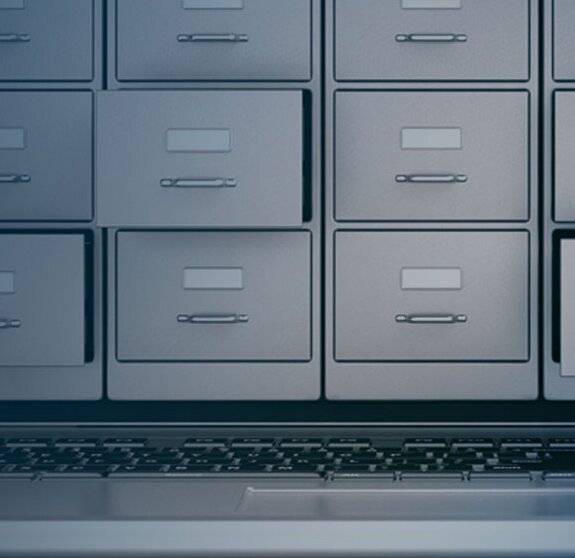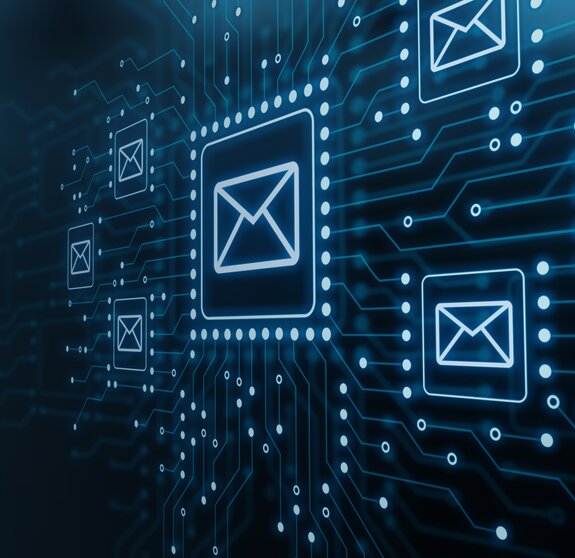Managing data without the right tools is often time-consuming and error-prone. As part of our enterprise content management consulting, we replace tedious manual work with intelligent software. Our services help you take full advantage of ECM. The requirements an ECM system fulfills are broad and range from document management to robotic process automation.

Definition: What is ECM?
Enterprise Content Management (ECM) allows you to store, manage and archive all data, information and documents digitally in one platform. Companies that rely on ECM and our ECM consulting services benefit from greater efficiency, lower costs, and greater employee satisfaction when managing their content. Optimally complement your Digital Workplace with a professional ECM!
ECM Consulting
Implementation
Integration
Automation
Minimize the error rate in document management with ECM. Ensure the auditability of your documents so that they are complete, available and traceable at all times.
Create structure and ensure that information is easier to find. Digitizing files and documents reduces your search times by up to 90 percent.
Establish intelligent storage management for effective data storage and move data which is not up-to-date to less expensive media.
Get secure access to your data - from any device.
Easily adhere to compliance guidelines required by tax authorities.
Use ECM as a service for electronic archiving, even without know-how in your own company.
Automate business processes such as invoice receipt or approval procedures.
Validate and index your data with ECM to ensure high quality.
Benefit from integration options for many products via standardized interfaces.
Avoidmedia discontinuity and save costs.
Efficient document management (DMS) involves much more than just storing documents in a file system. It enables you to manage your data in a structured way, to provide it with metadata, to version it, and to route it through your business processes in a targeted manner. In this way, you can easily track the status of a process or a document. Our DMS solutions also give you the advantage of being able to display the documents you need at any place and on any device at any time.
In order to store and archive documents in an audit-proof and data protection-compliant manner, a suitable archiving solution is required. A modern archive takes into account the immutability of data, the correct retention period, and secure deletion. Our ECM solutions also offer standardized interfaces to various ERP systems (SAP, MS Dynamics, JD-Edwards, etc.). And: an open architecture that makes it possible to connect almost any application. Through effective data storage management, you control where and how you store your data securely and cost-effectively.
The five phases of document processing
Nowadays Enterprise Content Management is so much more than "Archiving". Rather, an ECM system accompanies your documents, videos, photos, etc. from their receipt or creation to their final archiving. It enables your users to access documents at any place and at any time and with any end device.
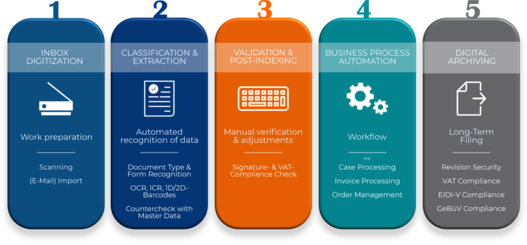
In the context of document management, a media break is the analogization of a document that already exists electronically. The question of why one should do such a thing is justified and widespread. Nevertheless, so-called media breaks exist much more often than one might think. The topic can best be explained using two examples.
Example 1: Media break at the beginning of document processing
A digital document is received electronically by the company (usually by e-mail) and has been generated electronically by the creator (it is a searchable PDF, for example). These documents are usually of high quality, easy to read, and can be indexed immediately when checked into a DMS system so that they can be found later based on their content.
Nevertheless, it often happens that employees print out these documents (e.g. delivery bills) in order to check the received goods against the delivery bill, for example. The inspector notes the result of this check on a printed delivery bill and signs it off. In the further course of the process, the paper document is often used again, which is then scanned and stored in an archive. In order to make this document searchable again (which it was before), OCR (Optical Character Recognition) is also necessary, which is computationally and time intensive. Moreover, the quality of the original is not attainable.
Example 2: Unnecessary printing as an avoidable media break
While the reasons for the media break in the first example are understandable (paper also has advantages), there are also scenarios where they are completely out of place. These are those media breaks where a document is not changed. Employees simply print it for review and scan it back in later, because the person performing the final review does not know, for example, that the document to be reviewed was originally already available in digital form. Particularly in processes that are partly analog and partly digital, it is often not transparent whether the original document was already available electronically.
Talk to us about how you can design your processes to prevent media discontinuity. Together, we will find a strategy for efficient processes in your company that save time, money and nerves.
The right vendor for every project:
A selection of our customer projects
We have already implemented solutions with Enterprise Content Management & Archiving in numerous customer projects. Read the reference stories here:

Frank Trila

Enterprise Content Management (ECM) & Archiving
Jira Service Management from Atlassian

Enterprise Service Management

Business Intelligence

Incident communication management

Database technologies

Anwendungsmöglichkeiten
Confluence from Atlassian
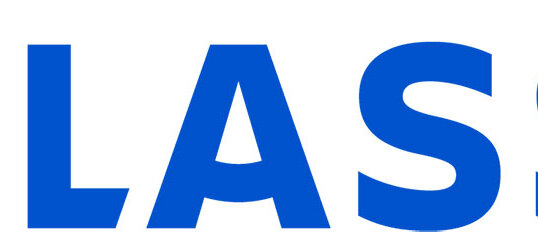
Bamboo, Bitbucket, Sourcetree

FinOps Microsoft - Microsoft Cloud Cost Optimization

FinOps Consulting

FinOps

Data Science, Artificial Intelligence and Machine Learning
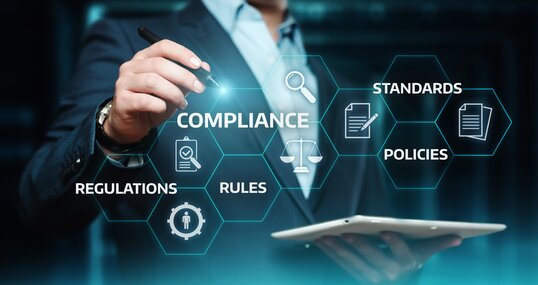
Data Governance
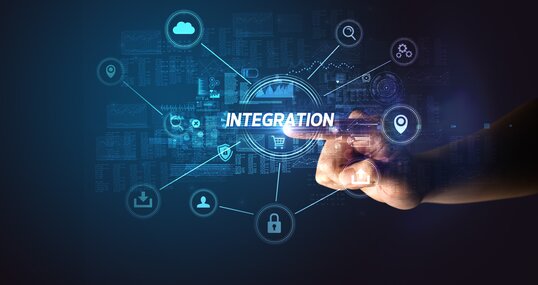
Data Integration, ETL and Data Virtualization

Conception of individual Analytics and Big Data solutions

Big Data, Data Lake & Data Warehousing

Dashboards & Reports
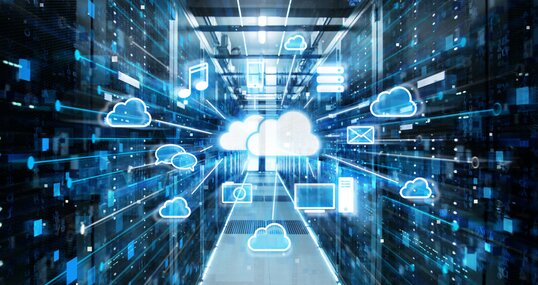
Cloud from Atlassian

Demand Planning, Forecasting and Optimization

Decision Optimization

IBM Cloud Pak for Data Accelerator
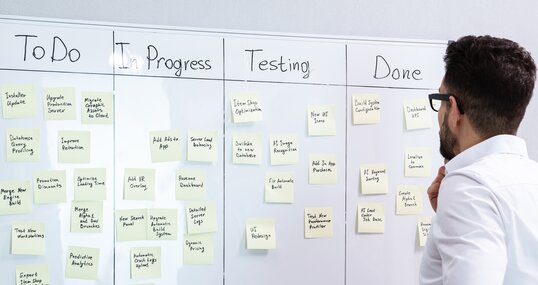
Standardize and optimize project management | Atlassian
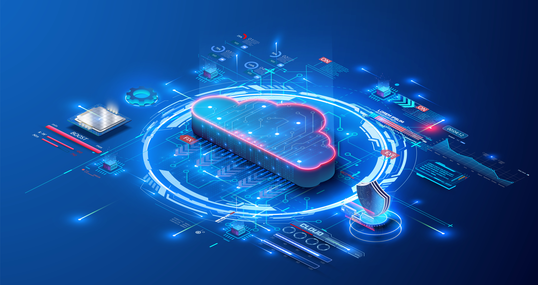
Cloud Migration | Atlassian

Operationalization of Data Science (MLOps)
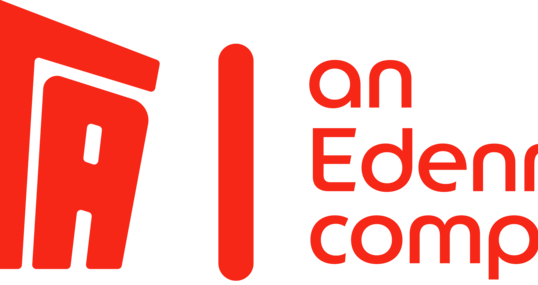
Mix of IASP & ILMT support for optimal license management
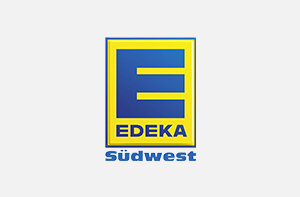
Electronic archiving system at EDEKA Südwest
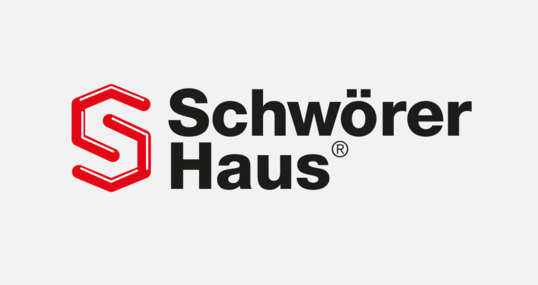
The digital customer file with IBM Content Manager
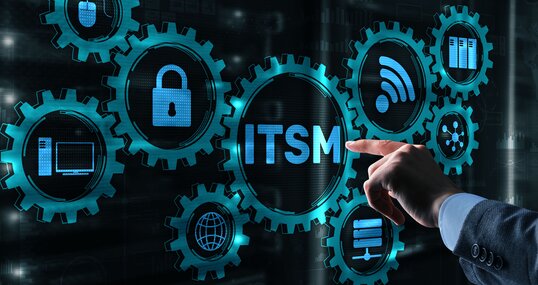
IT Service Management – Optimal support for IT processes

Application Development

HCL Digital Xperience

IBM Cognos Analytics 11

IBM Planning Analytics mit Watson
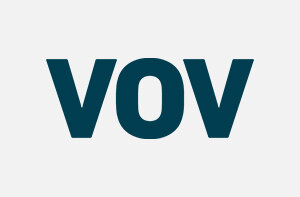
TIMETOACT implements integrated insurance software
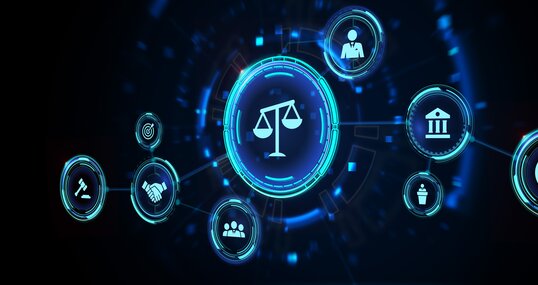
Demand Management – Clarity on IT needs
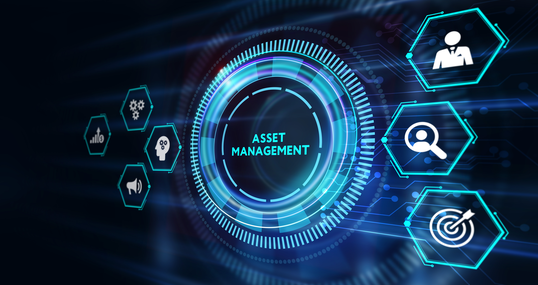
IT Asset Management – Reducing Costs and Risks Sustainably

IT security – protection against cyber attacks
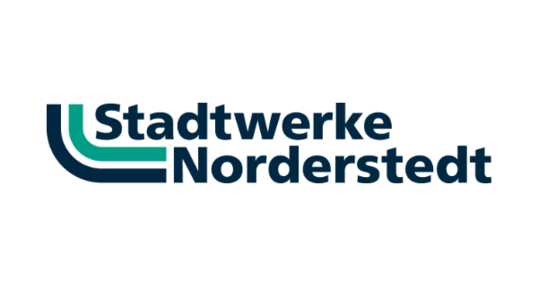
Talend migration in record time

IT Controlling – Determination and allocation of IT costs

IT strategy – A clear goal and the way to achieve it
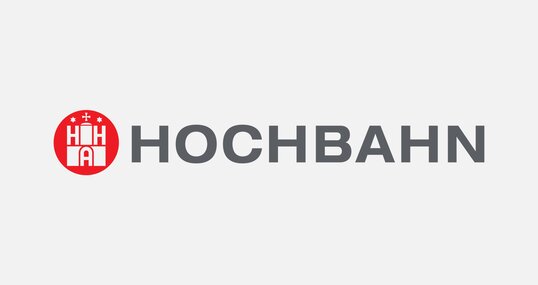
Introduction of Jira to Hamburger Hochbahn

Requirement Engineering

Application Modernization

IBM Cloud Pak for Automation
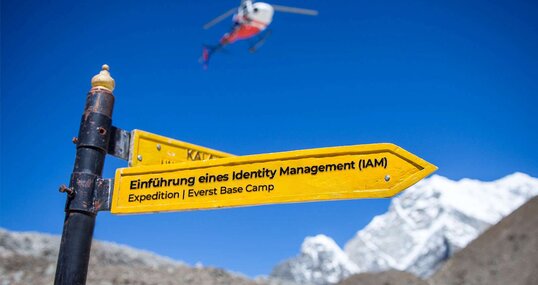
Expedition zum Identity Management

IBM Cloud Pak for Application
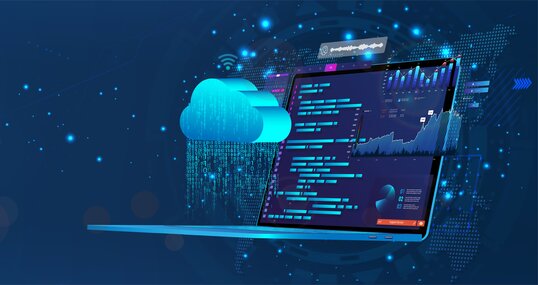
IBM Cloud Pak for Data

IBM Db2

IT Sourcing & Vendor Management – Managing IT Partners

Enterprise Architecture – Synchronising Business and IT

HCL Connections Engagement Center
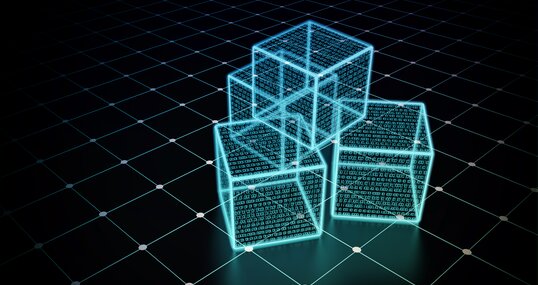
Data Vault Modeling Approach

Managed Service: Mailroom

IBM Watson Studio
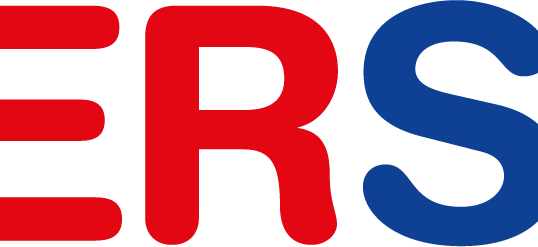
License and software consulting from a single source

Agile Software Development

IBM Netezza Performance Server

IBM Watson Discovery

Advice around Mendix
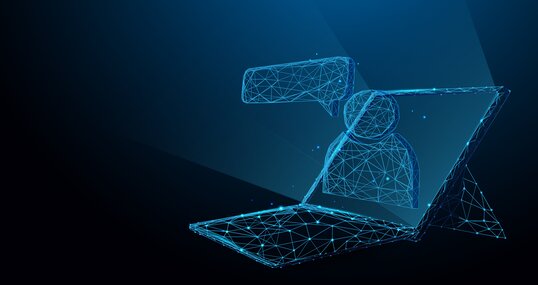
IBM Watson Assistant
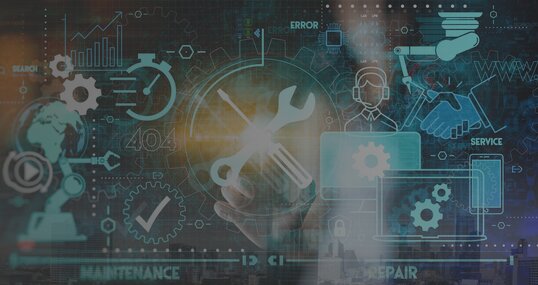
Our service offer for Mendix

Mendix for Finance & Insurance

Reduce your costs with Software Asset Management (SAM)!

IBM SPSS Modeler

Advice around Mendix

